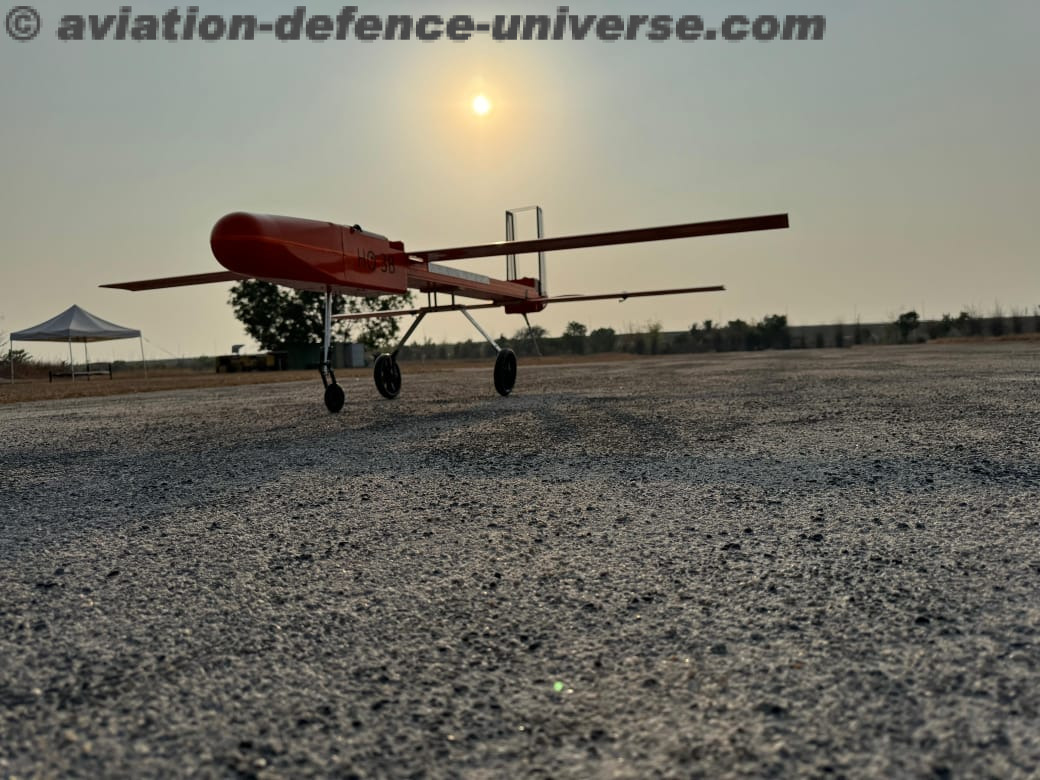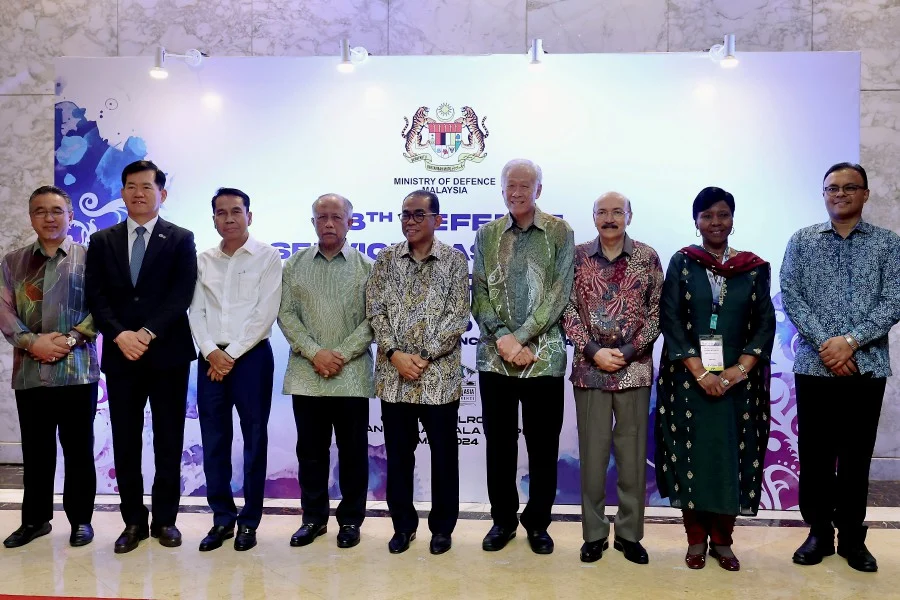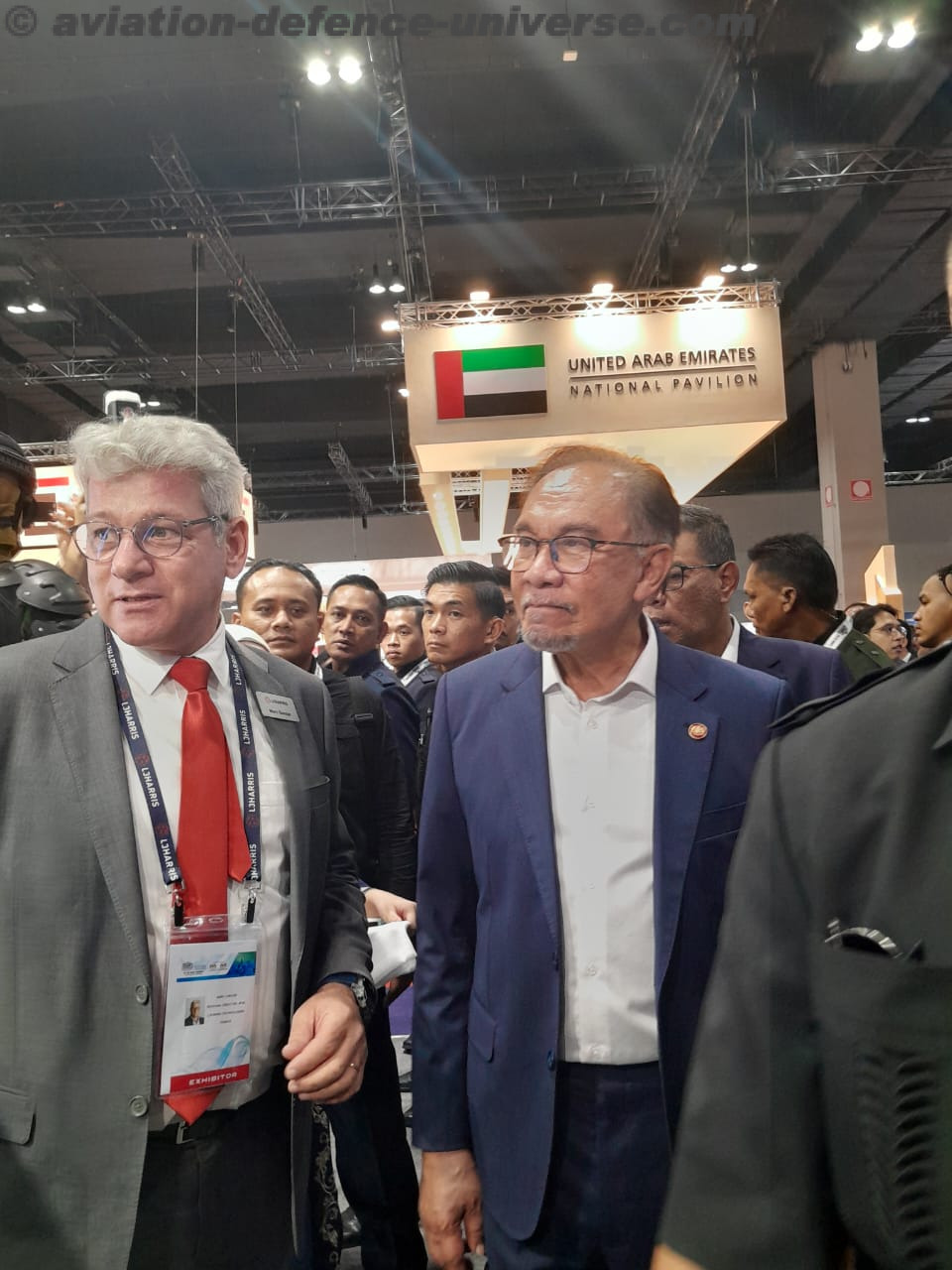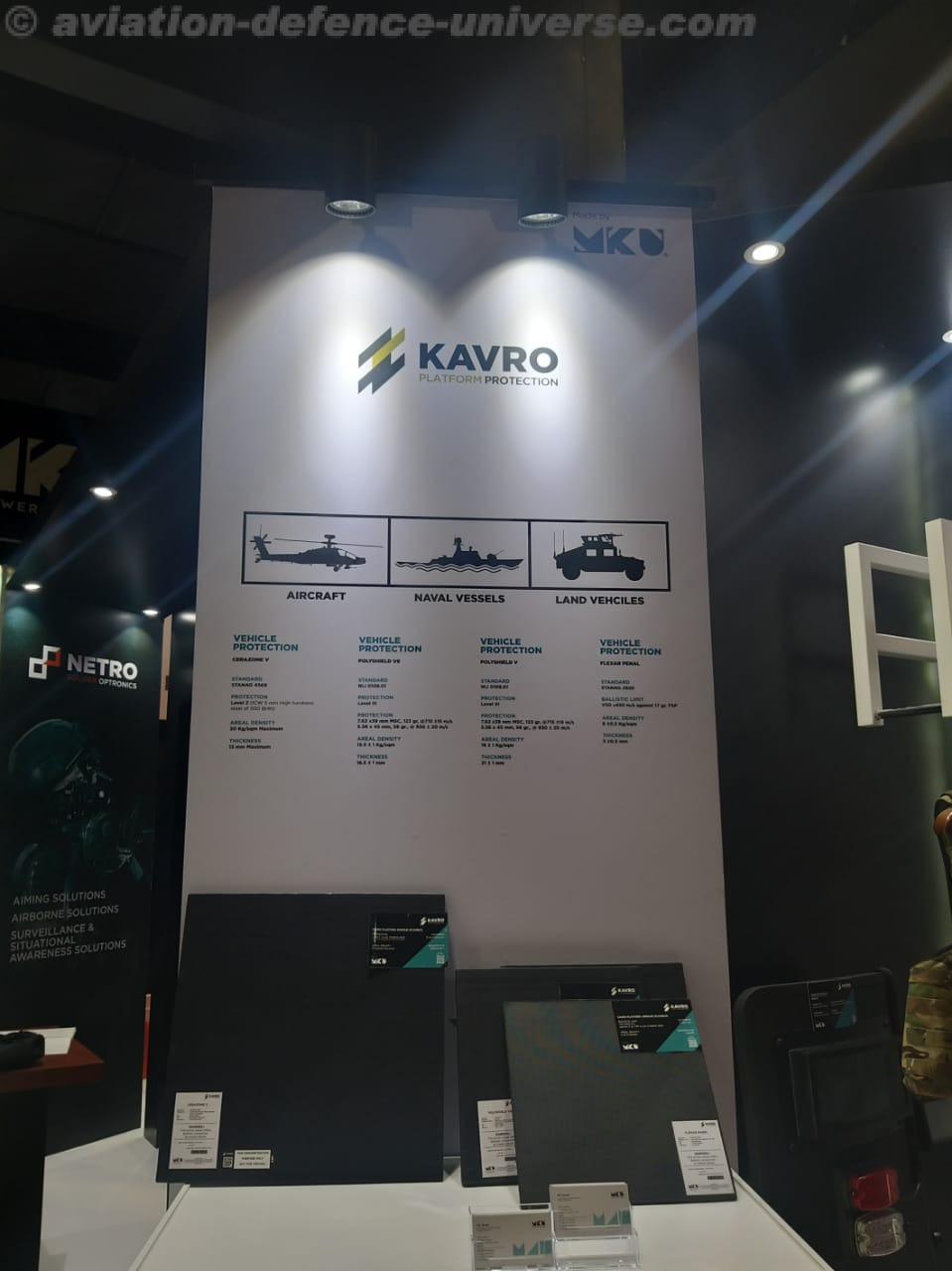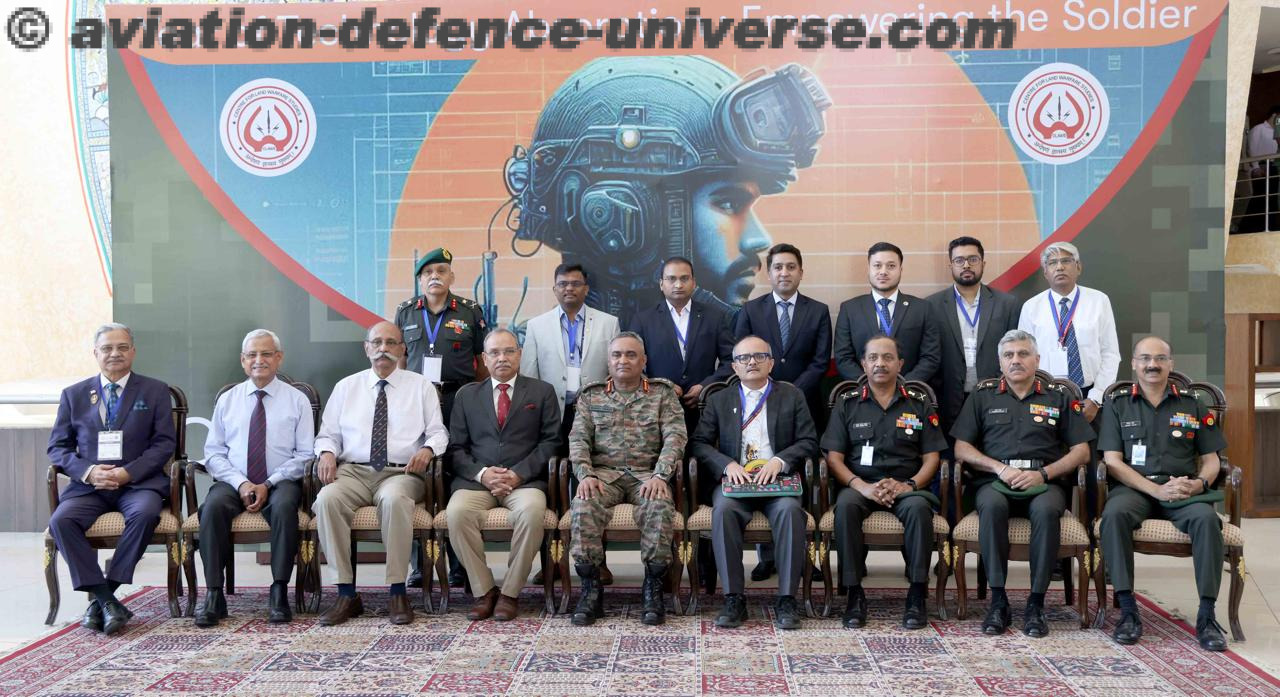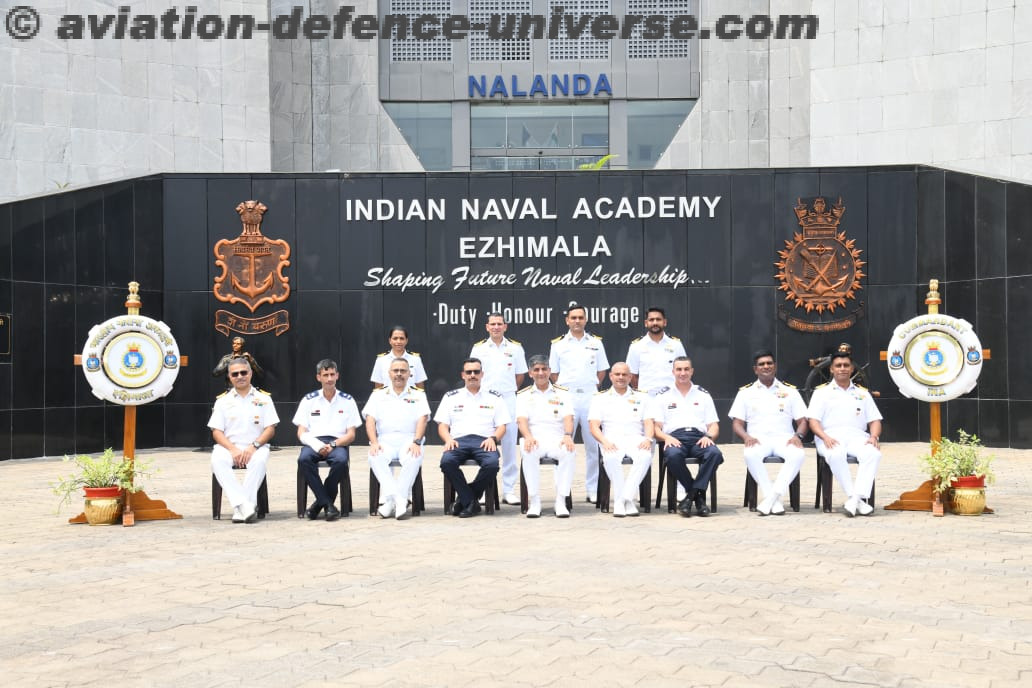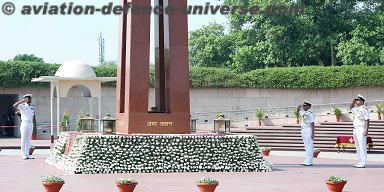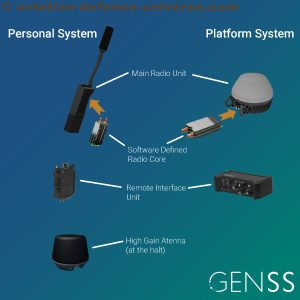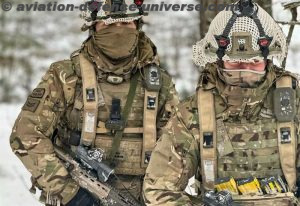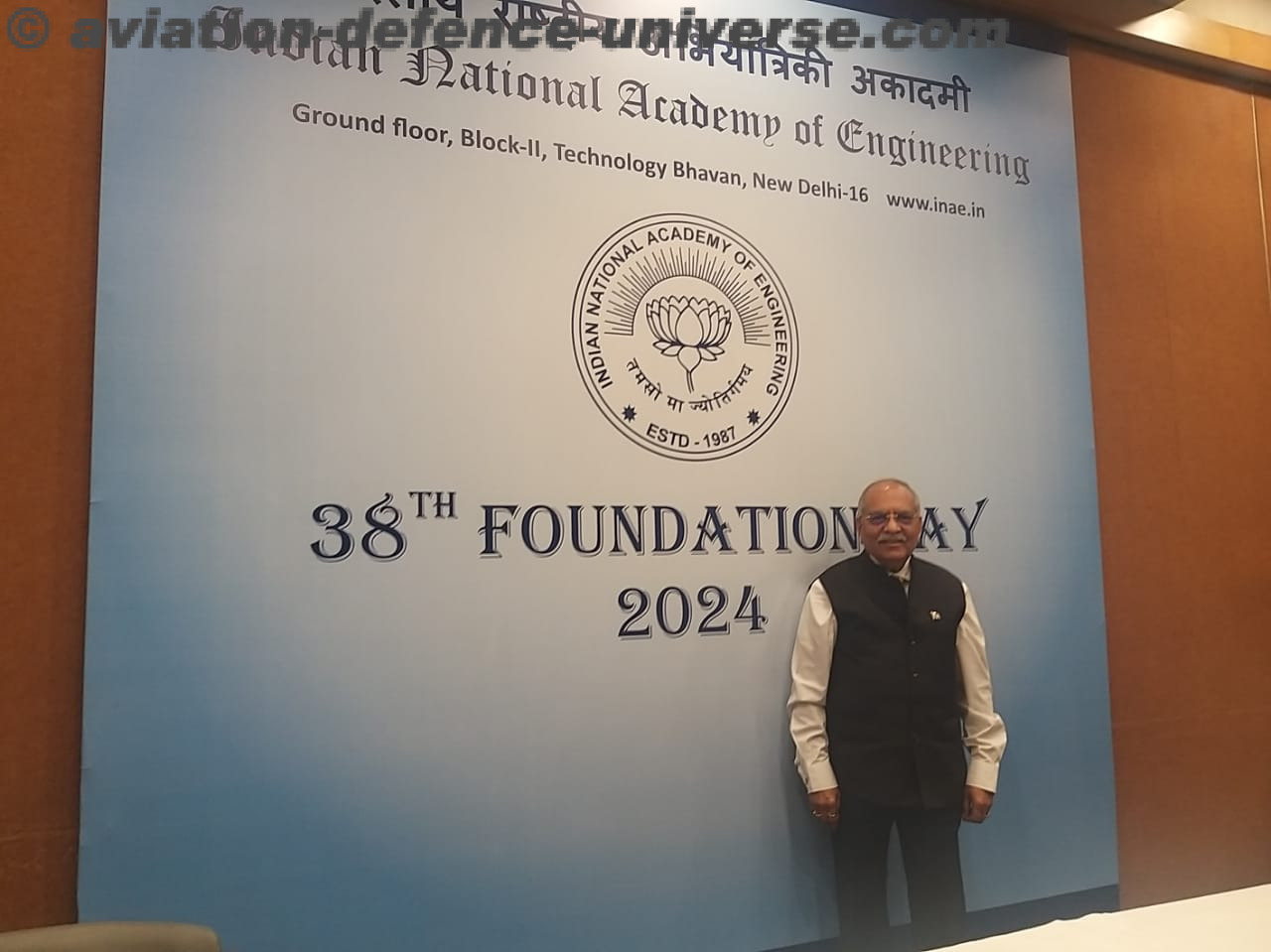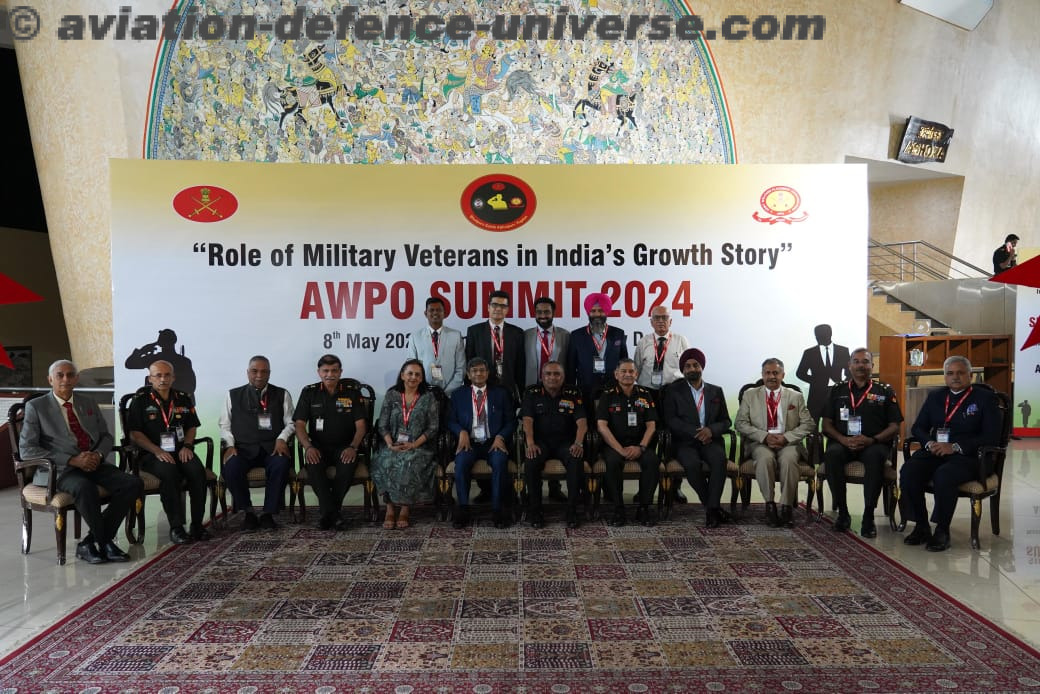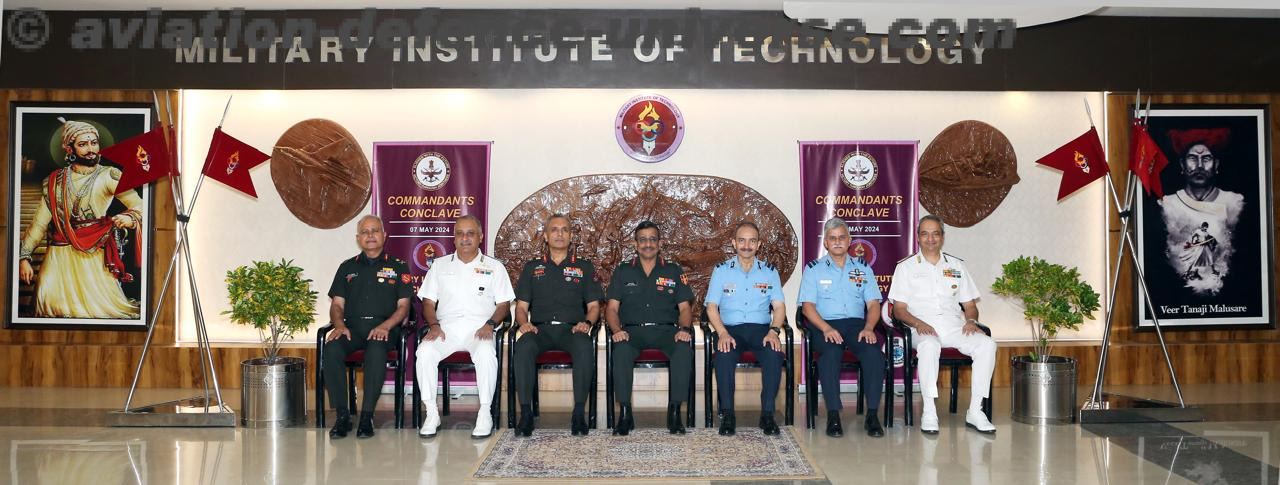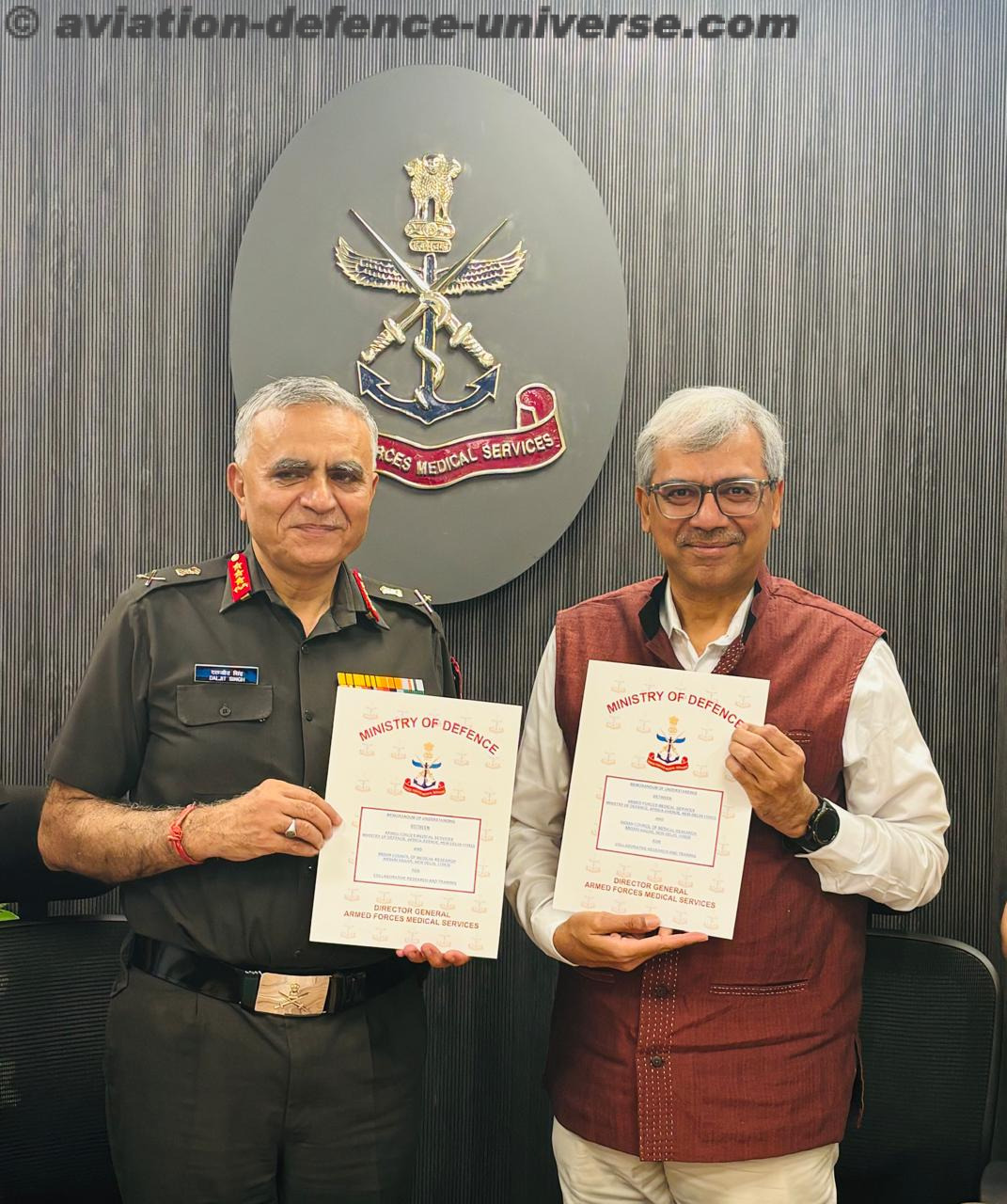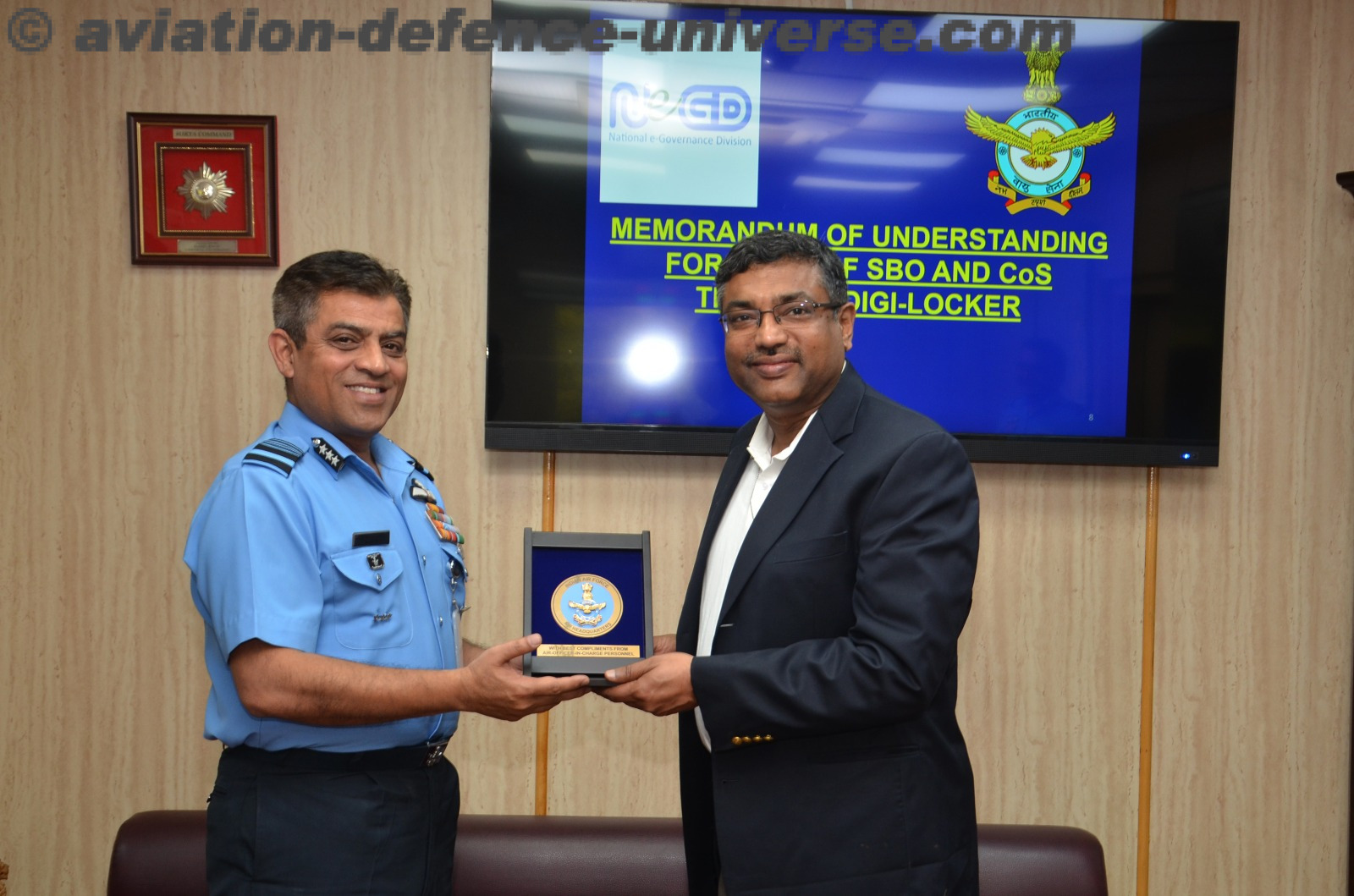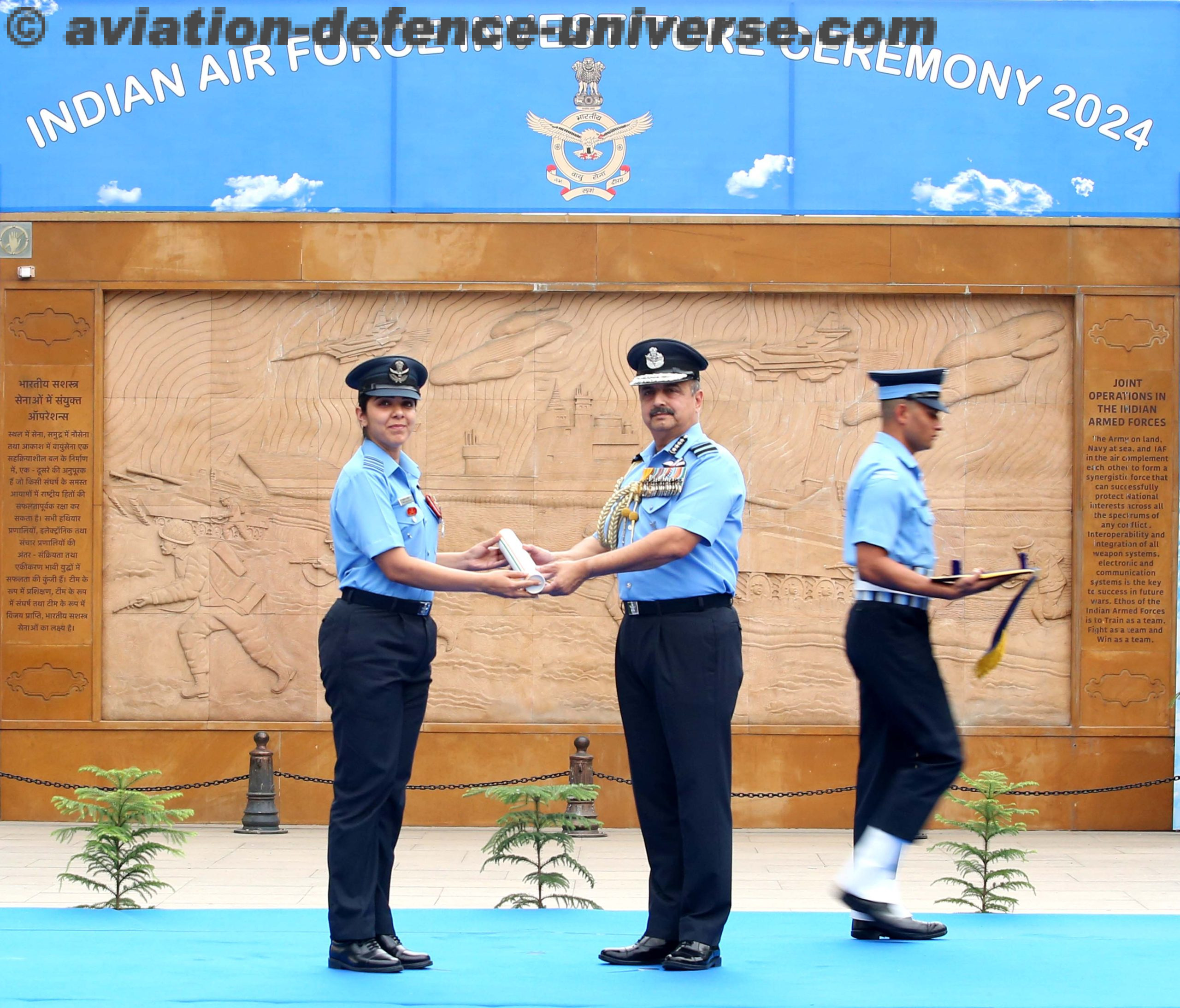 Adelaide, Australia. 04 September 2018: Service Sound and Vision Corporation (SSVC) is demonstrating MiPlayer for the first time at Land Forces 2018. On the SSVC stand 4L11,visitors will be able to experience the pioneering MiPlayer system, a live broadcasting service which operates over a local wifi network, without the need for internet connectivity.
Adelaide, Australia. 04 September 2018: Service Sound and Vision Corporation (SSVC) is demonstrating MiPlayer for the first time at Land Forces 2018. On the SSVC stand 4L11,visitors will be able to experience the pioneering MiPlayer system, a live broadcasting service which operates over a local wifi network, without the need for internet connectivity.
MiPlayer gives communities with poor or no internet access connection to live news, welfare/entertainment and educational services. This is particularly effective during military operations, deployments and exercises as well as disaster relief missions, where internet connection may be impossible.
First trialled with the Royal Navy around two years ago, MiPlayer is now widely used by UK land and naval forces. Product development is ongoing, with a range of fully customisable MiPlayer models providing successful connectivity at high density, with lower costs.
 Nick Beer, SSVC’s Chief Development Officer, said: “MiPlayer was launched to the market to widespread acclaim just over a year ago, and since that time the feedback from its global military and civilian end-users is hugely encouraging. We are proud to see the difference it is bringing across both sectors – connecting communities and military personnel to essential services, training and education.
Nick Beer, SSVC’s Chief Development Officer, said: “MiPlayer was launched to the market to widespread acclaim just over a year ago, and since that time the feedback from its global military and civilian end-users is hugely encouraging. We are proud to see the difference it is bringing across both sectors – connecting communities and military personnel to essential services, training and education.
“We quickly established that this technology could be used to enhance isolated civilian communities too. Working with the Nepalese Government and the state radio and TV broadcaster,we installed MiPlayer in a number of remote mountain villages that had previously never had any live radio or TV services.
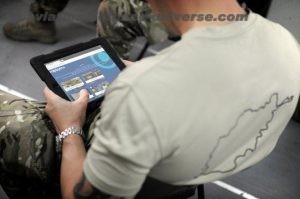 “We worked alongside the United Nations (UNDP) and delivered their humanitarian material – animal husbandry, building techniques, disaster action plans and educational documents, all available in multiple forms from text and images to video, in both English and Nepali – and made it available on the MiPlayer. For the very first time the Nepalese citizens in these villages had up to date government information and live TV and radio broadcasts.”
“We worked alongside the United Nations (UNDP) and delivered their humanitarian material – animal husbandry, building techniques, disaster action plans and educational documents, all available in multiple forms from text and images to video, in both English and Nepali – and made it available on the MiPlayer. For the very first time the Nepalese citizens in these villages had up to date government information and live TV and radio broadcasts.”





